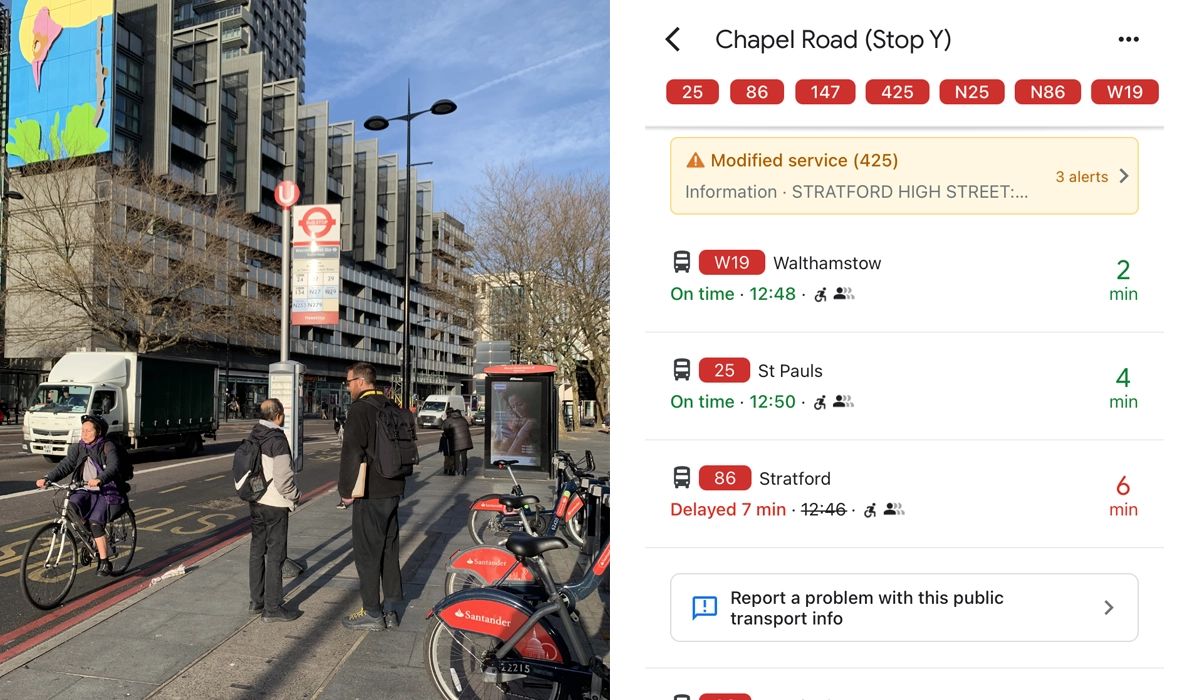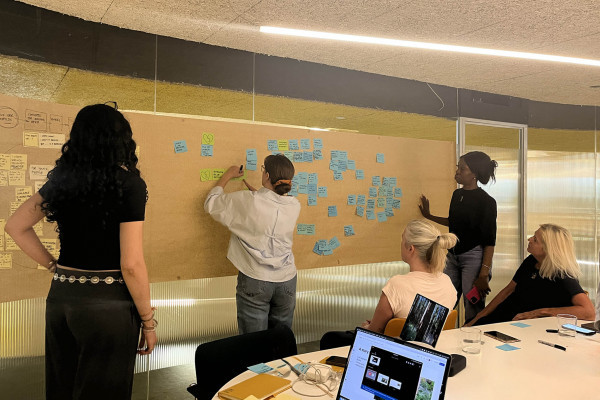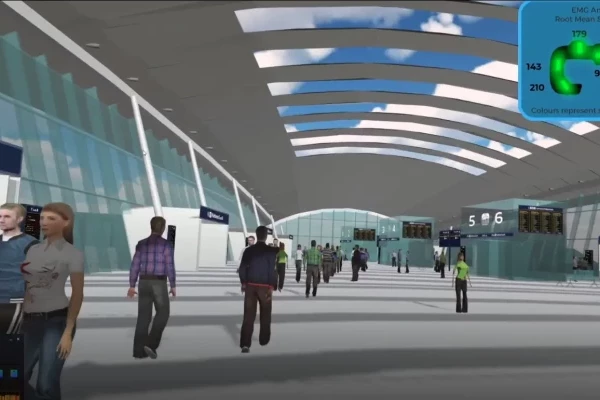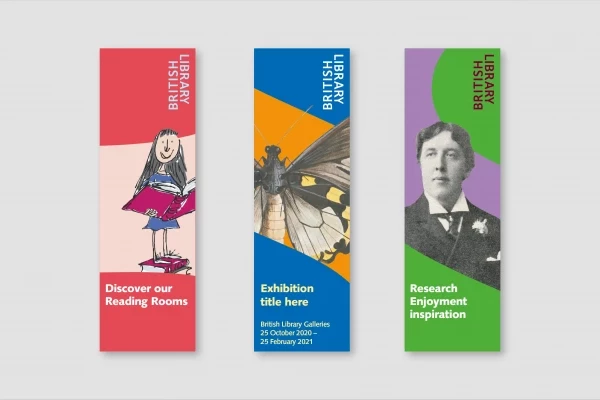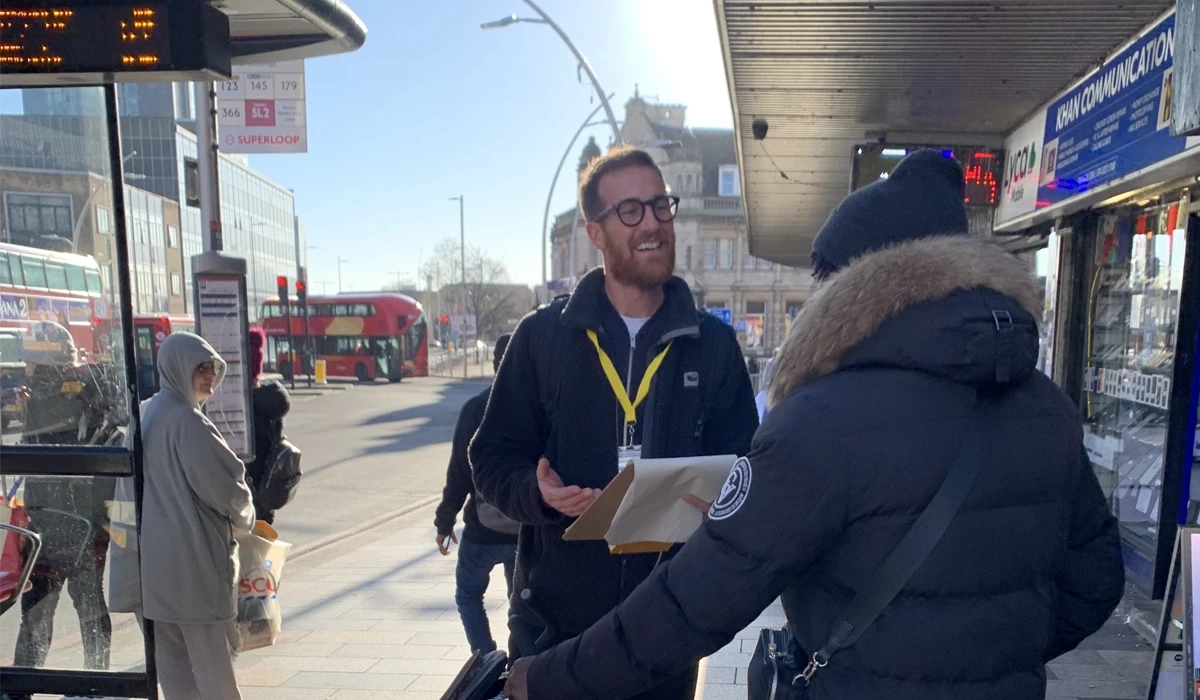
Customer experience innovation to improve TfL bus experience and increase ridership
Transport for London
Mima partnered with Momentum Transport Consultancy to enhance the Transport for London (TfL) bus experience through human-centred design, aiming to increase ridership by focusing on innovative on-board features.
Buses remain London’s most frequently used form of public transport, facilitating 1.8 billion journeys annually. However, since 2013, bus usage has experienced a gradual decline, with a slight recovery observed in the past year as passenger numbers rebound post-pandemic. To meet the Mayor’s Transport Strategy target of achieving 80% of trips in London via public or active transport by 2041, TfL is prioritising improvements that make bus journeys more accessible, appealing, and user-friendly.
Our multidisciplinary approach combined transport expertise with design research, behavioural science and inclusive design to address evolving passenger needs.
The Challenge
Through comprehensive primary research involving over 60 participants across diverse demographics, including disabled passengers, older adults, parents, regular bus users and non-bus users, we identified critical pain points across five key areas: passenger accessibility, safety and comfort, bus perception, driver impact, and lack of passenger control.
The project delivered a structured framework for feature prioritisation, categorising solutions into short-term 'Quick Wins' and long-term technological improvements, transforming passenger insights into actionable recommendations for sustainable transport innovation.
Mima brought customer experience expertise to complement Momentum's transport consultancy experience, creating a comprehensive approach to bus experience enhancement. Our role focused on embedding behavioural science and inclusive design principles throughout the discovery and exploration phases.
Our methodology combined extensive primary research with global marketplace analysis. Together we facilitated collaborative workshops with TfL staff, conducted ethnographic intercept interviews with 46 passengers across London's bus network, and ran targeted focus groups with access requirement groups recruited through TfL's engagement networks. Additionally, we interviewed non-bus users and conducted depot visits with operational staff to capture diverse perspectives.
Using Dovetail for systematic qualitative analysis, we identified patterns across all engagements, ensuring rigorous examination of customer experiences. This structured approach enabled us to map the complete customer journey on buses, highlighting critical pain points and opportunities for intervention across five key areas affecting passenger experience.
The Solution
Together, we developed a comprehensive framework categorising bus improvements into six strategic themes: buses as places for calm journeys, city exploration, digital connectivity, accessibility, ease of use, and sustainable travel. Our solution prioritised features using a structured scoring matrix considering cost, passenger impact, technological readiness, and implementation timeline.
For TfL, our research provided evidence-based insights into passenger behaviour and clear prioritisation criteria for feature development. The framework addresses fundamental challenges like accessibility barriers, thermal comfort issues, and passenger anxiety about journey navigation, while establishing a foundation for consistent service enhancement across London's extensive bus network.

